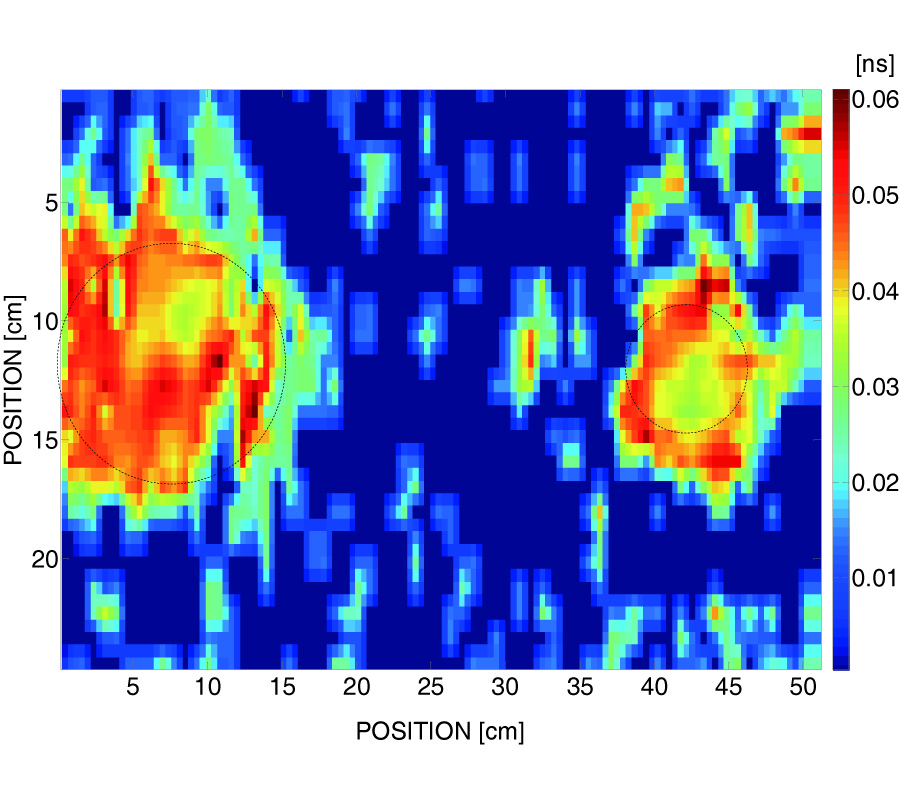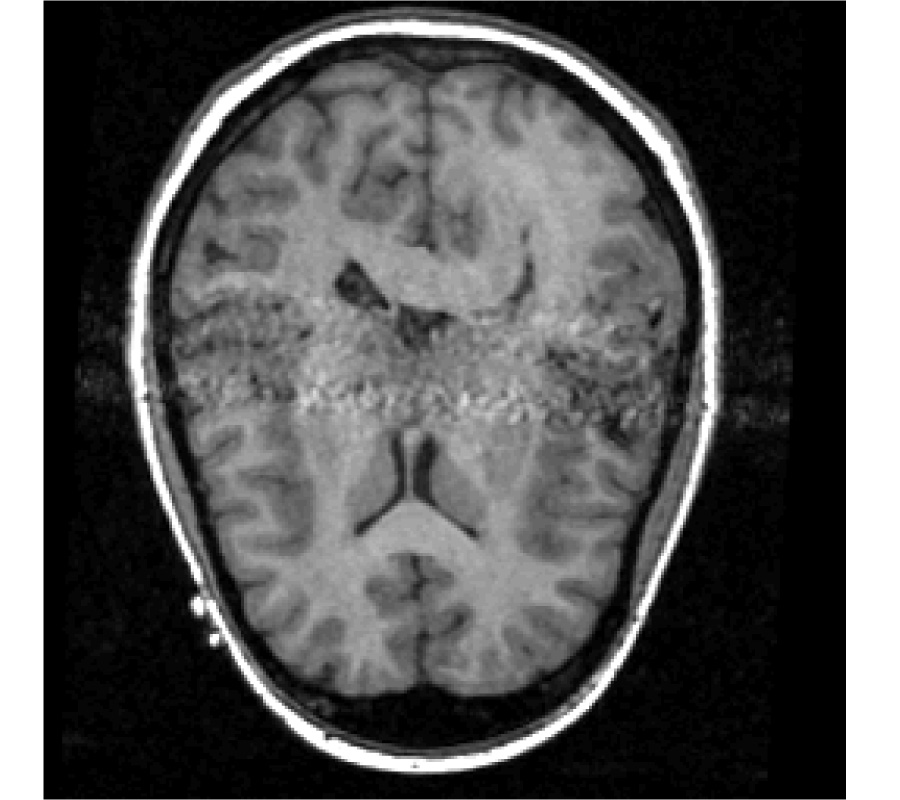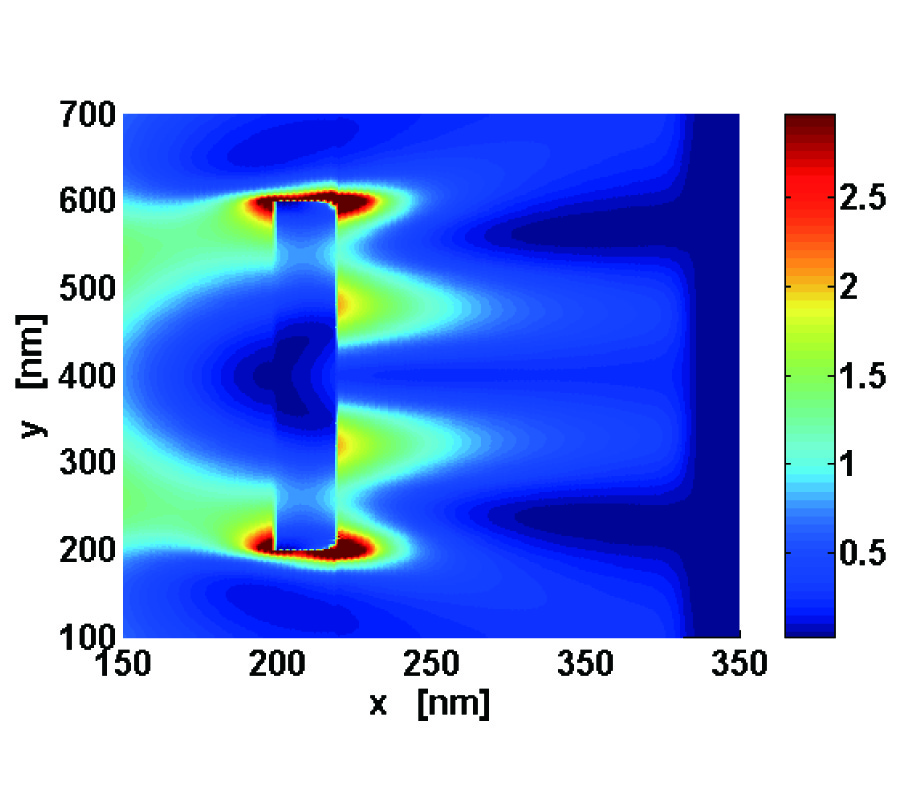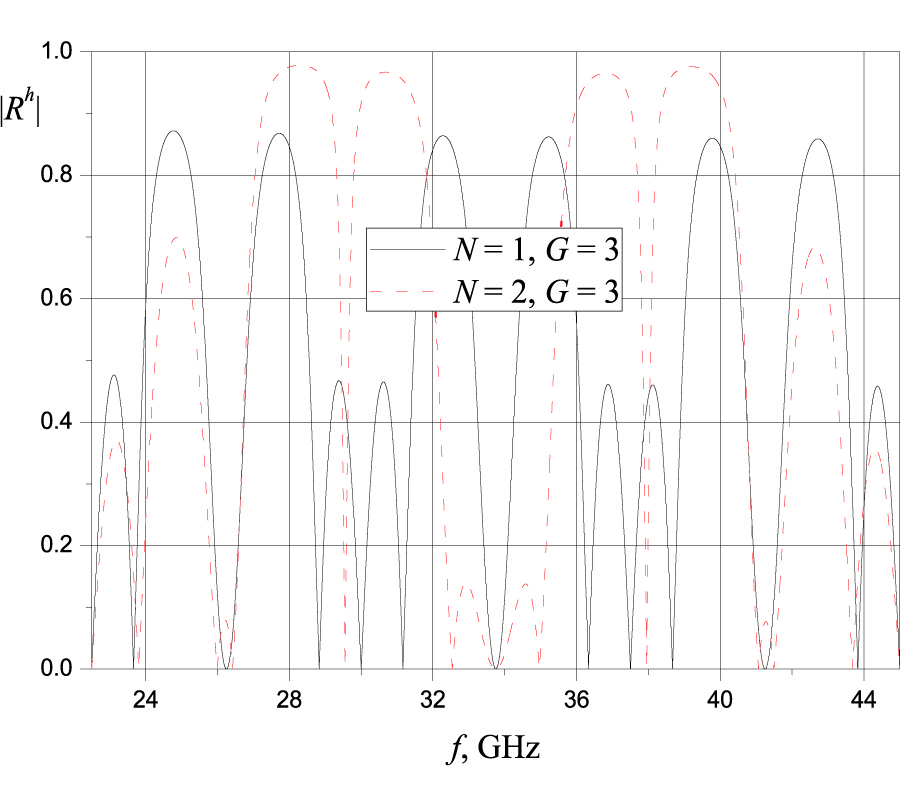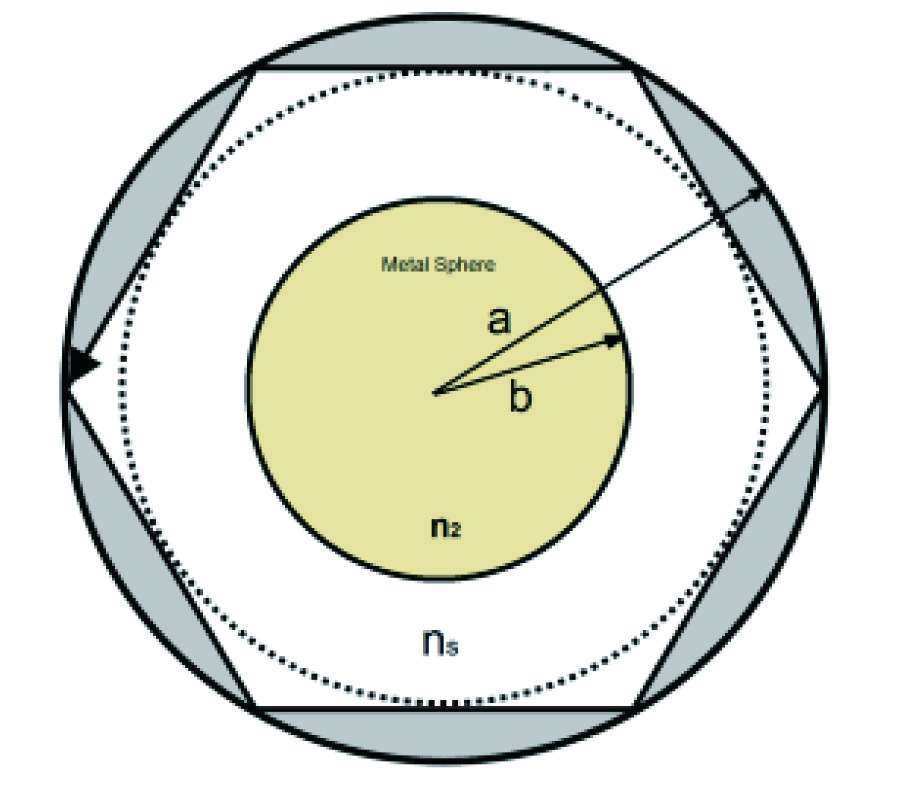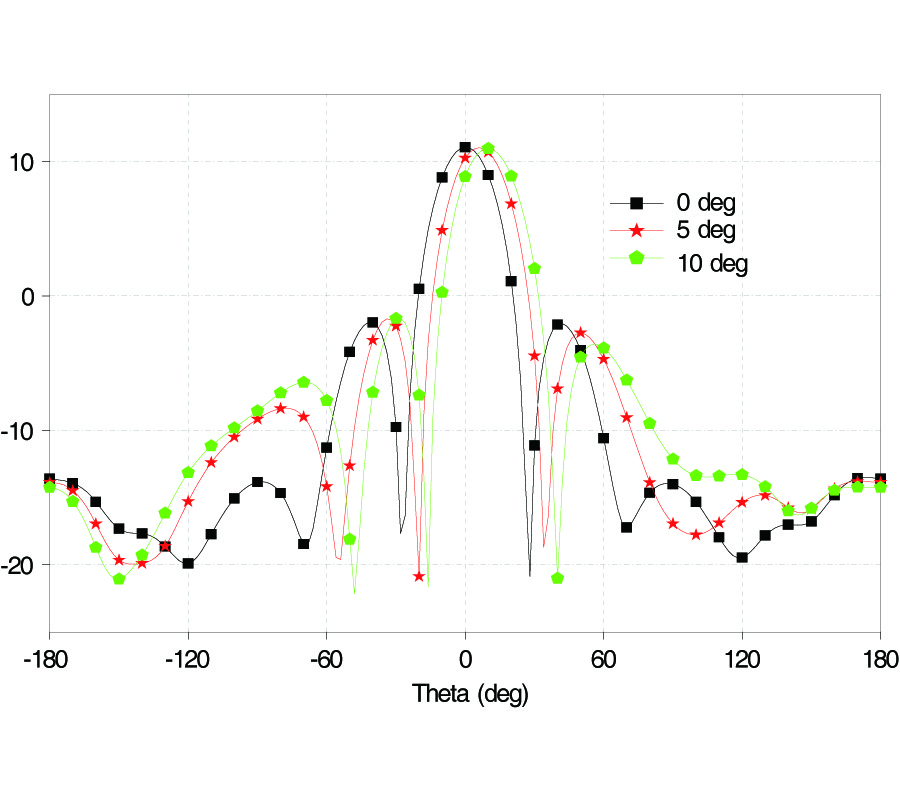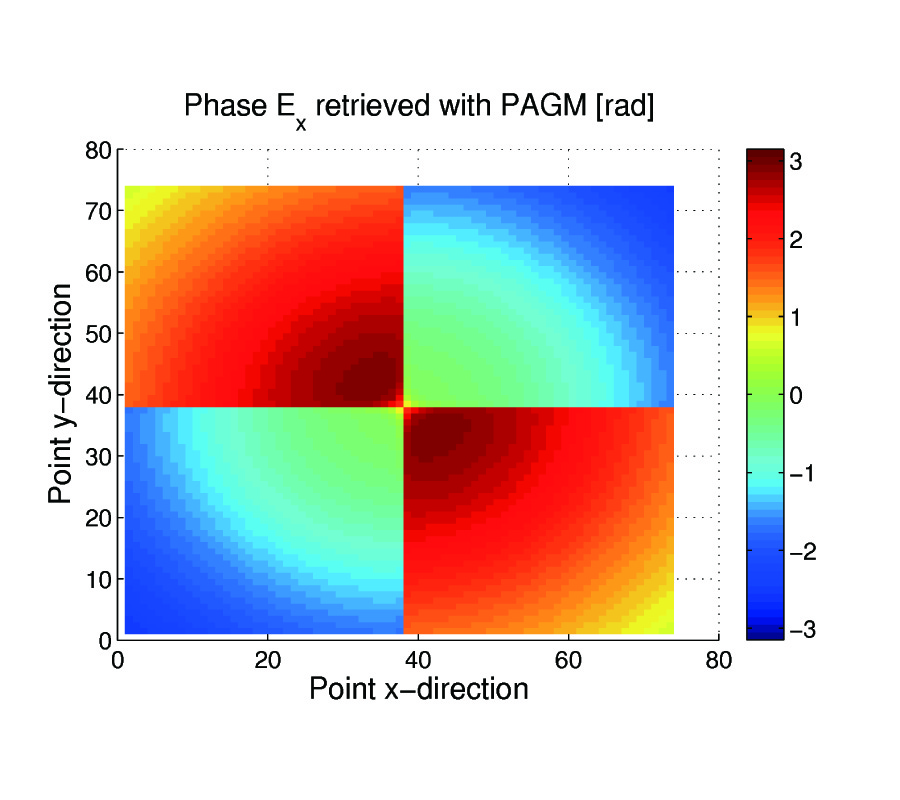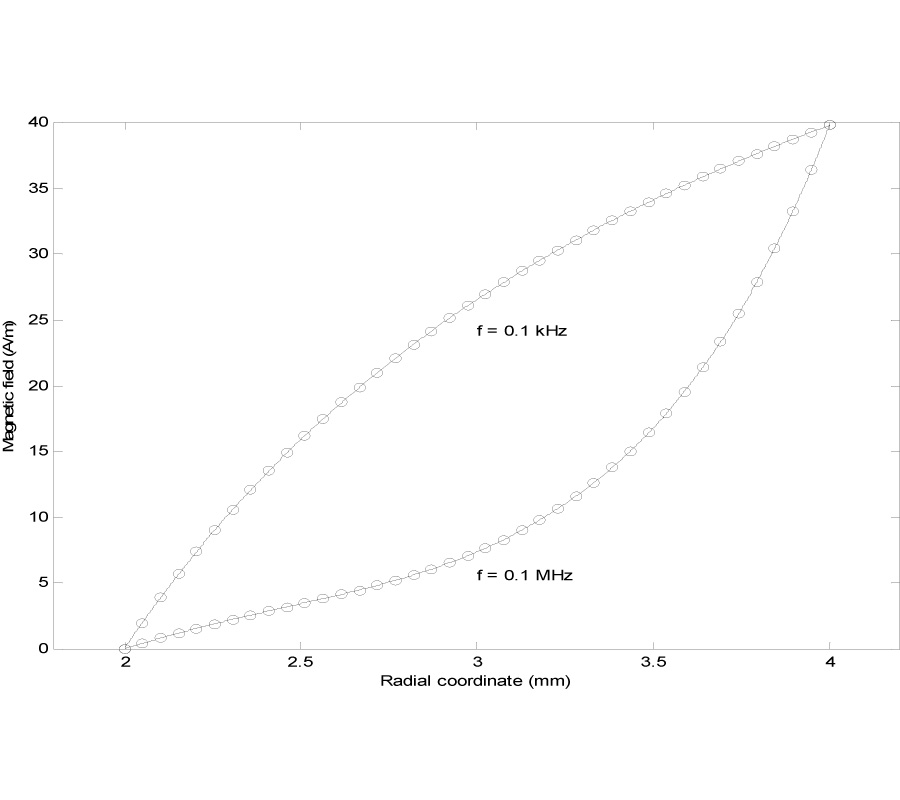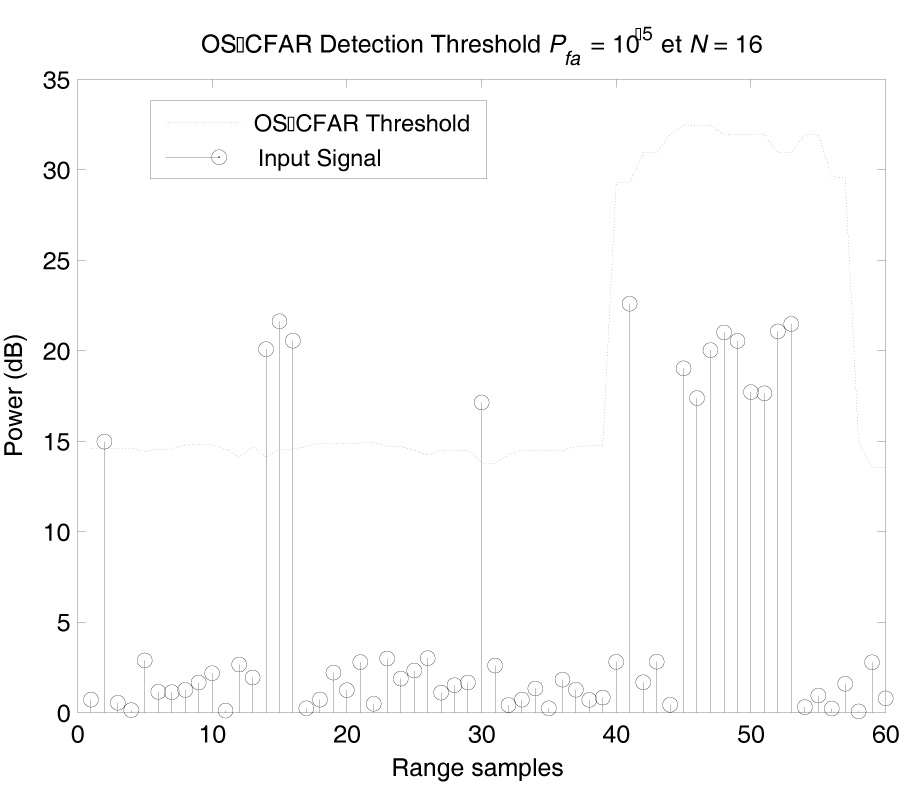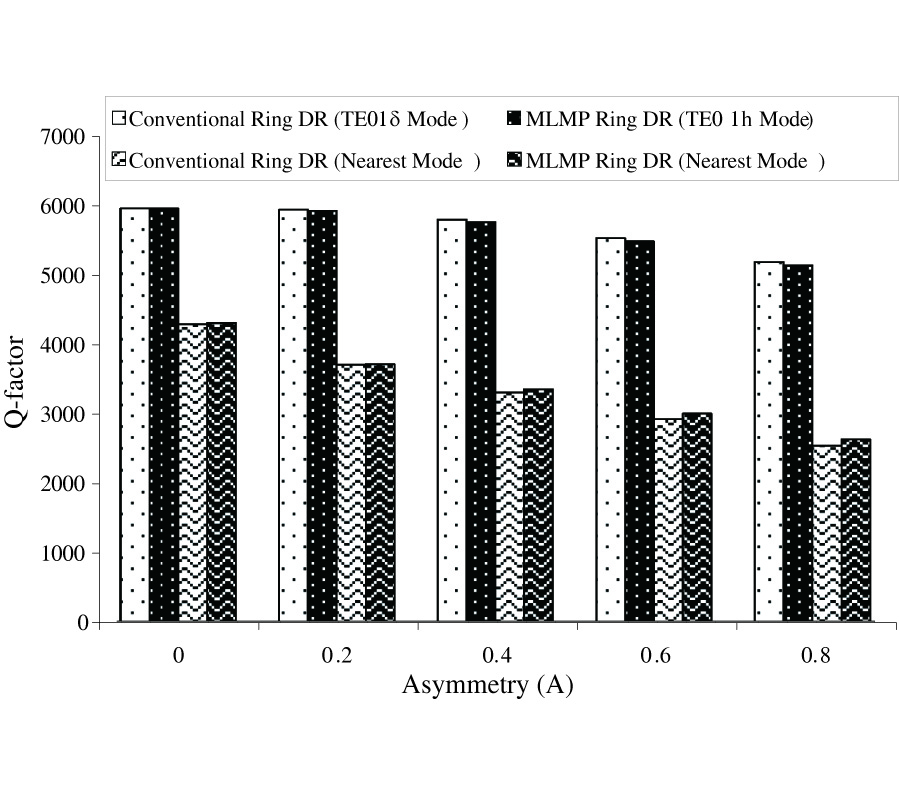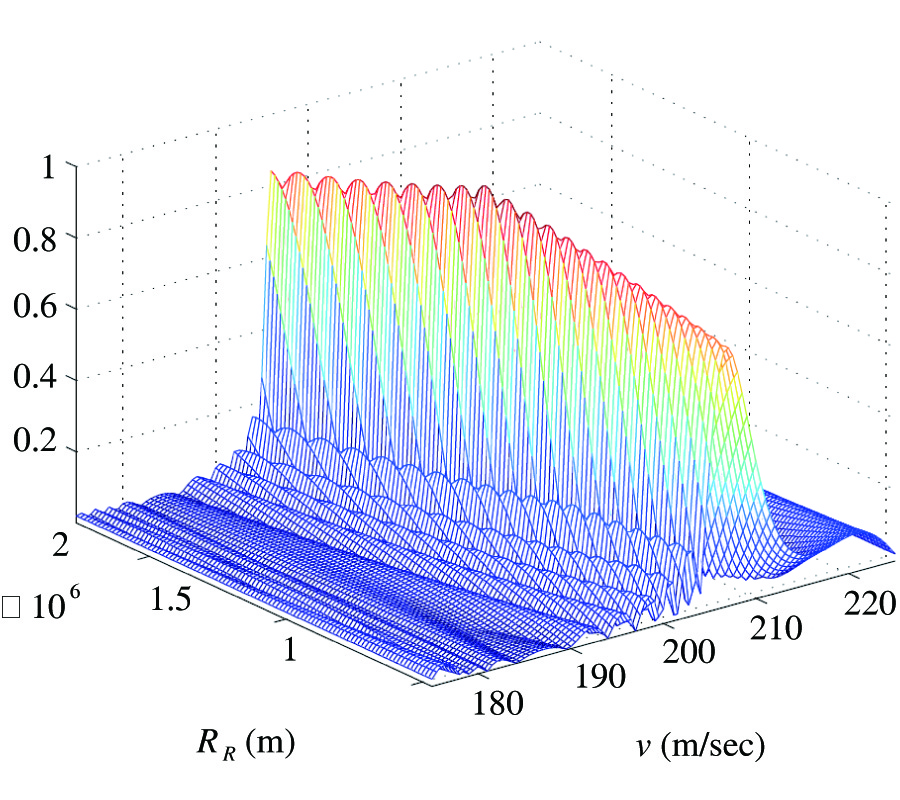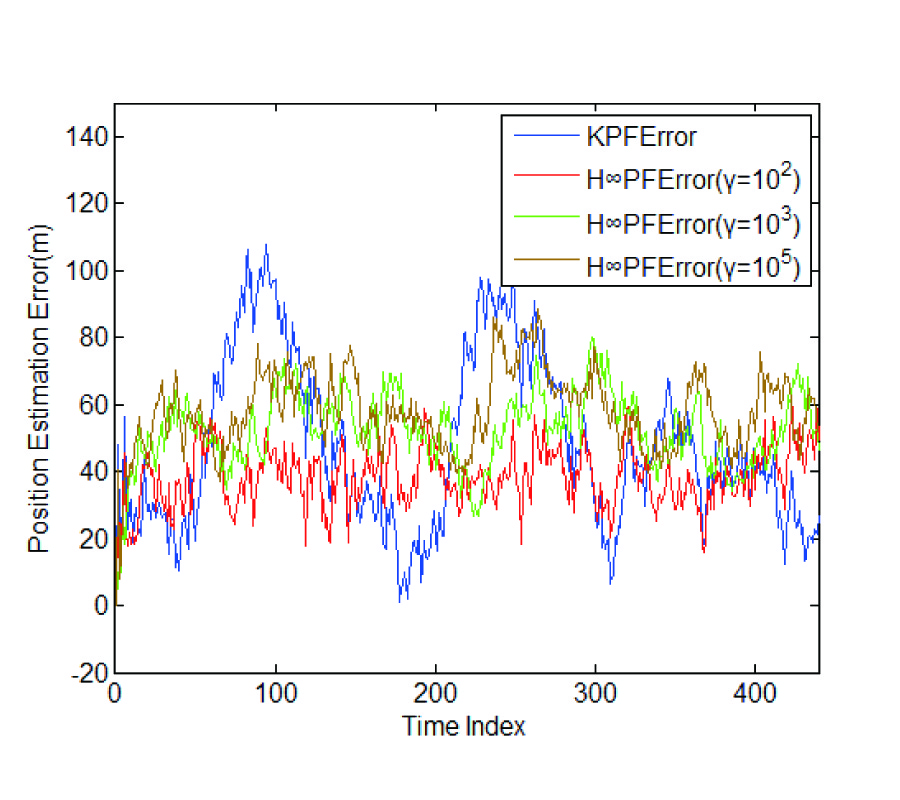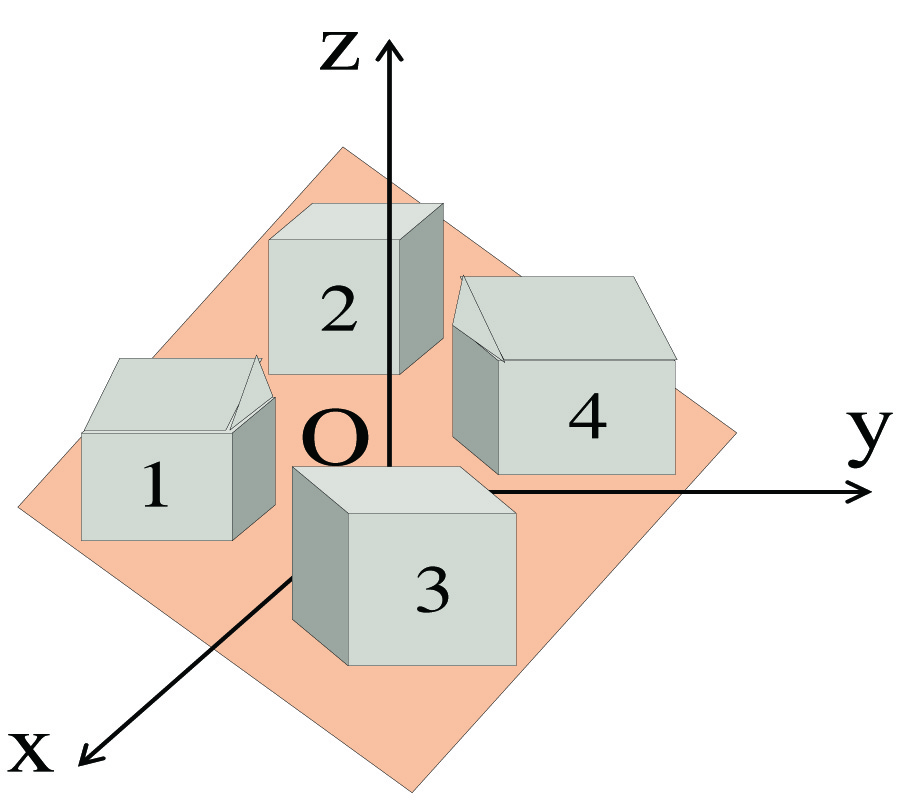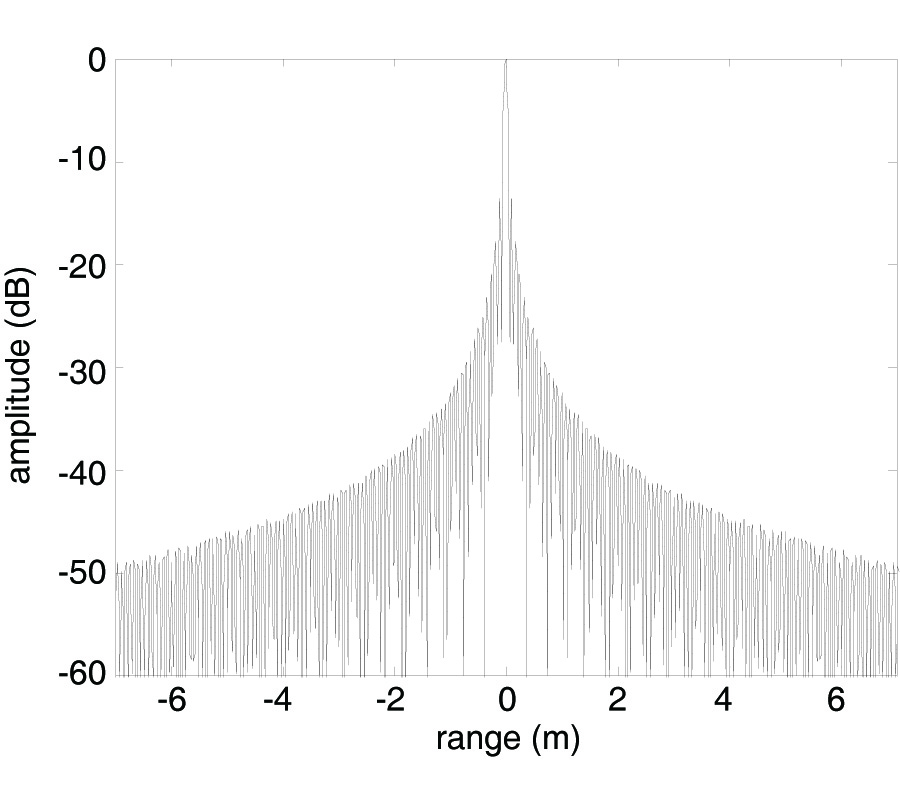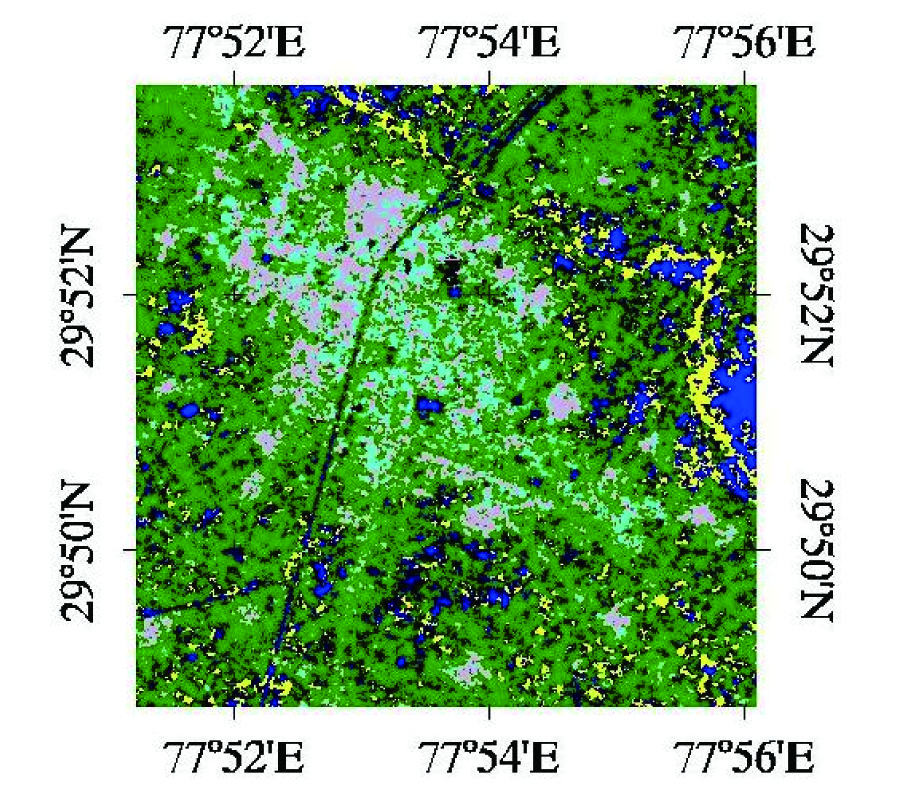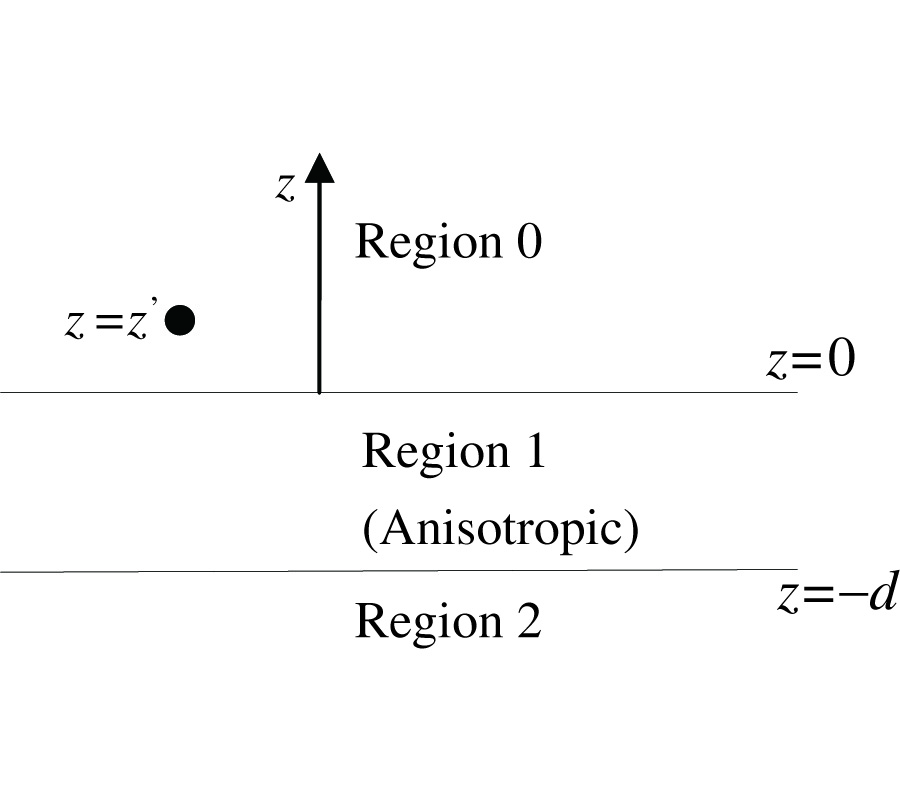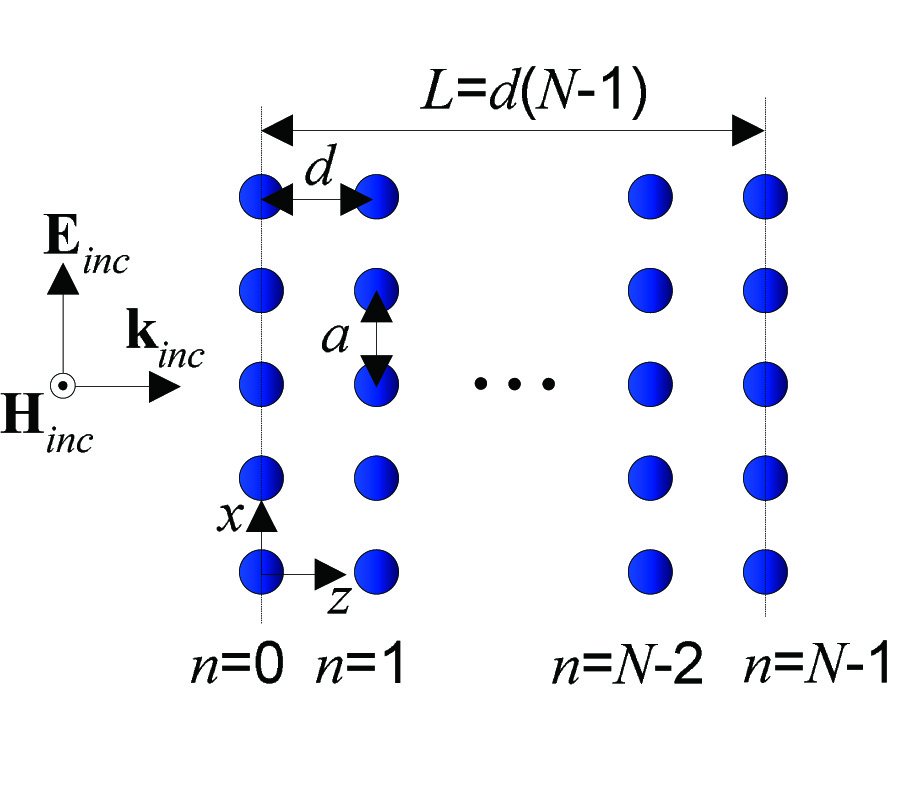Measured Complex Permittivity of Walls with Different Hydration Levels and the Effect on Power Estimation of Twri Target Returns
Christopher Thajudeen
,
Ahmad Hoorfar
,
Fauzia Ahmad
and
Traian Dogaru
With recent advances in both algorithm and component technologies, through-the-wall sensing and imaging is emerging as an affordable sensor technology in civilian and military settings. One of the primary objectives of through-the-wall radar imaging (TWRI) systems is to detect and identify targets of interest, such as humans and cache of weapons, enclosed in building structures. Effective approaches that achieve proper target radar cross section (RCS) registration behind walls must exploit a detailed understanding of the radar phenomenology, in general, and more specifically, knowledge of the expected strength of the radar return from targets of interest. In this paper, we investigate the effects of various wall types on the received power of the target return through the use of a combined measurement and electromagnetic modeling approach. The RCS of material-exact rifle and human models are investigated in free-space using numerical electromagnetic modeling tools. A modified radar range equation, which analytically accounts for the wall effects, including multiple reflections within a given homogeneous or layered wall, is then employed in conjunction with wideband measured parameters of various common wall types, to estimate the received power versus frequency from numerically modeled aforementioned targets of interest. The proposed technique is, in principle, applicable to both bistatic and monostatic operations. The results for various wall types, including drywall, brick, solid concrete and cinder block, under both wet and dry conditions, are presented.
